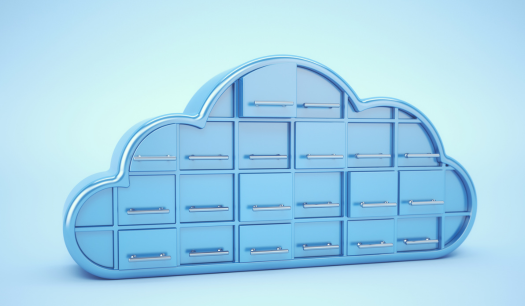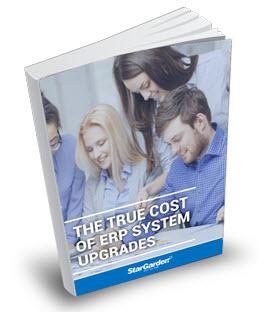Switching to Cloud based Technology? Understand Its True Costs First

Organizations are increasingly feeling the pressure to keep up with the latest trend of adopting cloud-based technology for their enterprise resource planning (ERP) and human resources information system (HRIS). This fear of missing out (FOMO) stems from the realization that cloud-based systems offer the flexibility and mobility that the millennial generation demands, allowing access to analytical insights from anywhere and at any time.
According to Sierra Cedar's annual survey, more than 60% of top-performing organizations have included plans to create or improve their enterprise system strategies in their 2016 IT roadmaps. These plans often involve replacing their outdated ERP systems with a combination of hosted software-as-a-service (SaaS) applications in the cloud or a hybrid cloud/on-premise solution. Investing in enterprise software is a strategic move that can either propel a business forward or result in costly setbacks if not executed properly.
The consequences of implementation mistakes can be significant. For example, HP lost $160 million in 2004 when their software upgrade to SAP led to the loss of track of 20% of their orders. Similarly, Target experienced data syncing issues that disrupted their demand forecasting and inventory tracking, ultimately forcing them out of the Canadian market. These examples underscore the importance of setting clear IT goals and selecting the right solutions for an organization. While the introduction of new IT software always brings hope, the real question is whether a new ERP system can truly address the challenges organizations face and make a positive impact on their bottom line.
Many people assume that licensing fees are the primary cost associated with implementing cloud-based systems. However, these fees are just a fraction of the true cost of an upgrade. The software selection and implementation process involves multiple stages, each with its own nature and impact on the overall cost. In Figure 1, we provide a detailed analysis of each element that contributes to the true cost of a new ERP software implementation. Before deciding to adopt a cloud-based system, it is crucial to be aware of the five types of costs involved:
1. Initial Acquisition Cost: This includes the evaluation costs of researching various options in the market to find a suitable fit for your company and budget. It often requires the involvement of an entire committee dedicated to the task. To accurately assess the costs of acquiring new software, it is important to consider the hours spent on research, meetings, and demos by your employees.
2. Set-up Costs: Organizations often find themselves relying on consulting services recommended by software vendors, which can quickly accumulate expenses. In addition to their fees, these consulting services come with additional hidden costs such as the loss of key resources, limited learning opportunities, and dependence on consulting partners.
3. Data Integration and Migration Costs: Data migration is a complex task that requires careful consideration and skilled resources. It is essential to account for the costs associated with the data migration project.
4. Change Management Costs: Intangible costs, such as miscommunications, errors, and slow adaptation, can significantly impact the success of an ERP implementation. It is wise for organizations to invest in change management practices and have active champions within the organization when transitioning to new technology.
5. Training and Transitioning Costs: Training personnel to use the new systems before they are fully implemented helps minimize disruptions to day-to-day business operations. The cost of training employees for the new system, including lost productivity during the training period, should be taken into account when considering a switch.
It is understandable why people are hesitant to change technologies too often. Before making any decisions, it is crucial for organizations to have complete transparency regarding the true costs involved. This awareness is the first step towards making informed decisions when considering a switch. To learn more about the true cost of new ERP system implementations and discover solutions to overcome them, download our free eBook!
To learn more about the true cost of new ERP system implementations and uncover solutions to get around them, download our Free eBook!

